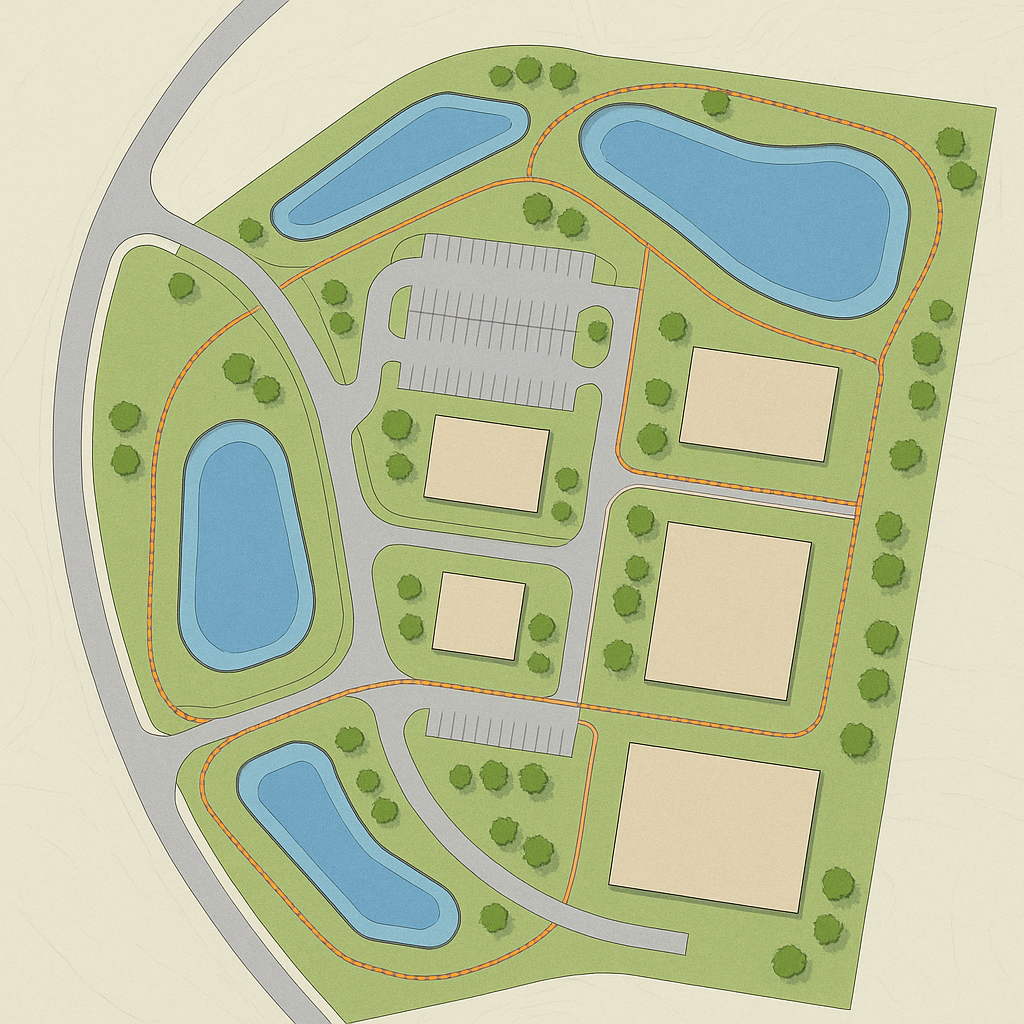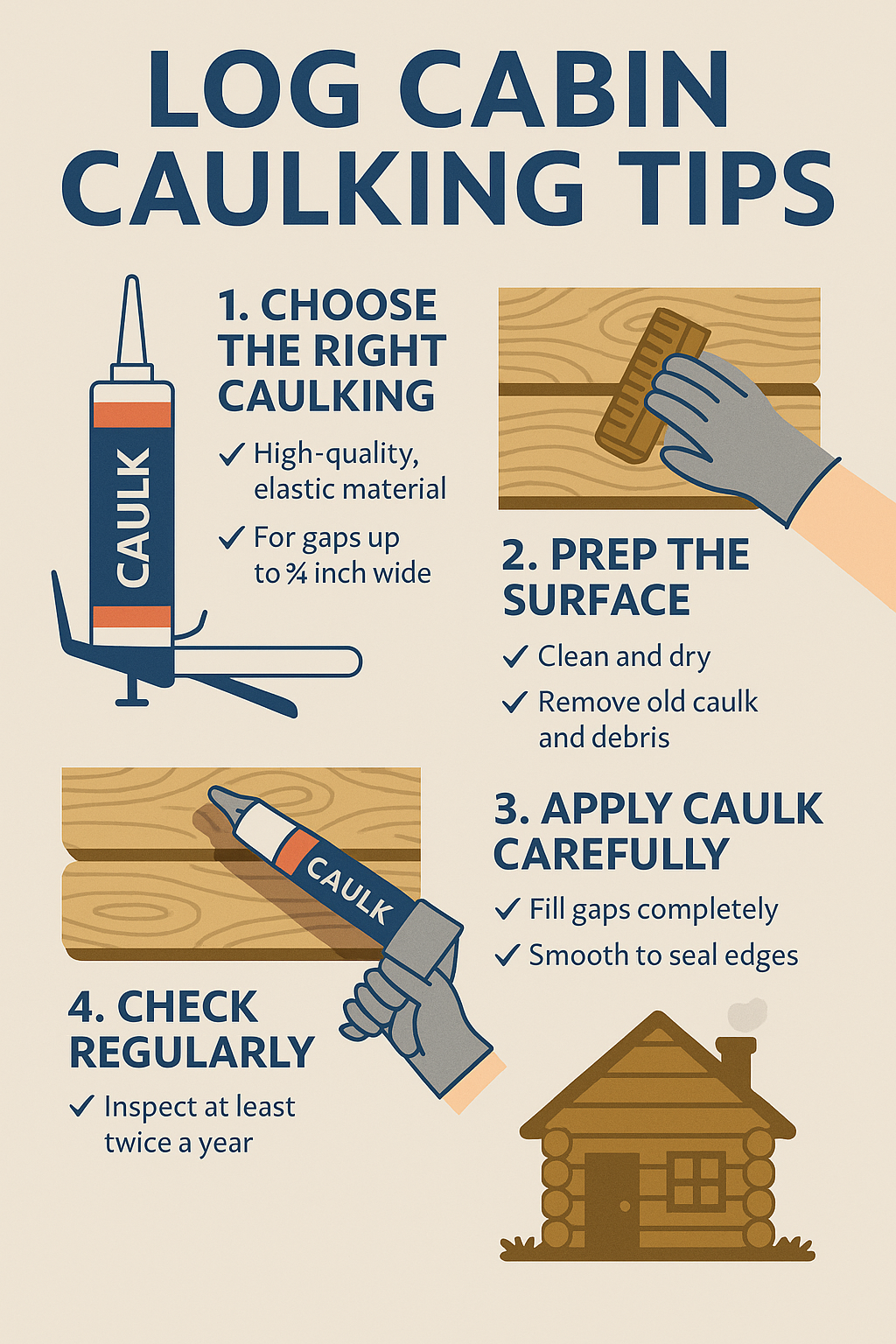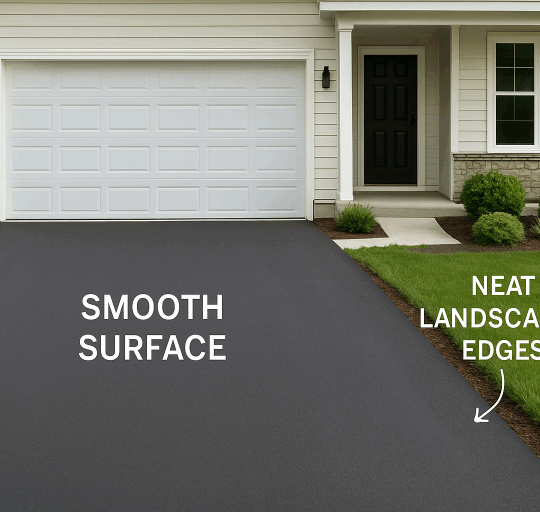Before a single machine rolls onto a job site, good design decisions quietly set the stage for everything that follows. A well-planned site doesn’t just look organized on paper—it performs better, costs less, and adapts more easily over time. Huntsville engineering firms that offer civil engineering and land development expertise often bring clever strategies into play long before construction begins. These methods go beyond checking boxes—they shape how the site will serve people, traffic, and infrastructure for decades.
Table of Contents
- 1 Phased Development Plans That Support Long-Term Growth
- 2 Easement Coordination to Prevent Future Utility Conflicts
- 3 Drainage Basin Placement That Reduces Maintenance Burden
- 4 Parking and Access Flow Strategies for Smarter Site Use
- 5
- 6 Elevation Adjustments That Reduce Cut-and-Fill Costs
- 7 Walkability and Access Features That Support End-Use Goals
- 8 Lot Orientation Techniques That Improve Build Efficiency
Phased Development Plans That Support Long-Term Growth
A phased development plan lets large projects evolve over time without breaking continuity. Instead of tackling the full buildout in one go, civil engineering consultants design the infrastructure to grow in layers—roadways, drainage, utilities, and grading can all be prepared in a way that won’t need rework as future phases unfold. This approach supports budget control and avoids disrupting active areas of the site later on.
In regions like Huntsville, where demand changes quickly, phased planning gives developers a smarter way to match investment with market timing. Civil engineering services focus on setting up utility stubs, reserve spaces, and long-term access routes from the start. This prevents the need for tearing out earlier work just to make room for new phases, making the entire build more efficient.
Easement Coordination to Prevent Future Utility Conflicts
Easements are often overlooked during early planning, yet they can become headaches if not addressed early. Civil engineering and land development experts know how to coordinate with utility providers and property owners to ensure clean, conflict-free utility corridors. Proper easement placement allows crews to install, inspect, and maintain utilities without obstructing traffic or damaging other parts of the site.
Civil engineering consultants in Huntsville frequently assist developers with identifying overlapping easements or outdated records. By mapping utility zones early in the design, they prevent unexpected rerouting that could delay permits or add costs. It’s a proactive move that adds clarity and reduces the chance of buried surprises later.
Drainage Basin Placement That Reduces Maintenance Burden
Drainage isn’t just about moving water—it’s about where that water goes and how often someone has to fix it. Placing drainage basins in strategic, accessible spots can drastically reduce long-term maintenance. Civil engineering services often design basins near natural low points or along natural flow paths, using the land’s own contours to minimize excavation and water pooling.
In many projects, Huntsville engineering firms also consider future access needs, like mowing or sediment removal, when deciding basin shape and location. By setting up maintenance easements and avoiding sharp slopes, they create basins that don’t just meet code—they stay clean and functional without frequent intervention. A little foresight in basin design saves years of hassle for property managers and city crews alike.
Parking and Access Flow Strategies for Smarter Site Use
Parking layout does more than store cars—it controls how people and vehicles move across the site. Civil engineering consultants work on early parking and access flow strategies to help ensure delivery trucks don’t block entrances, fire lanes remain clear, and drivers don’t circle endlessly looking for spots. It’s about building movement into the layout from the start.
Smart designs also look ahead to the site’s lifecycle. Civil engineering and land development teams often prepare for future traffic by adjusting aisle widths, creating designated turnarounds, or planning drop zones away from primary intersections. These decisions shape user experience and safety before a single car pulls in.
Elevation Adjustments That Reduce Cut-and-Fill Costs
Cut-and-fill costs can eat into a budget fast if the site isn’t balanced. Adjusting site elevations early—sometimes just by a few feet—can drastically reduce the amount of earth that needs to be moved. Civil engineering consultants use grading models to fine-tune elevation plans so that soil is reused efficiently across the site instead of being hauled away or trucked in.
In Huntsville’s varied terrain, these adjustments matter even more. Civil engineering firms often take advantage of natural slopes or benching techniques to keep grading costs manageable. Thoughtful elevation planning doesn’t just save money—it sets a foundation that’s easier to build on and better for stormwater flow.
Walkability and Access Features That Support End-Use Goals
Sidewalks, ramps, crossings, and access points are often the unsung heroes of a site’s success. Including walkability features early allows civil engineering services to weave them into the layout instead of tacking them on later. Whether it’s a retail plaza or a business park, easy access encourages better user experience and aligns with ADA requirements without being intrusive.
Civil engineering and land development professionals also consider where foot traffic naturally wants to go. By studying patterns, they position features like crosswalks and benches in logical spots. Huntsville engineering firms often design walking routes that double as safety buffers between cars and pedestrians, improving both comfort and security.
Lot Orientation Techniques That Improve Build Efficiency
How a lot is positioned can affect sunlight, drainage, driveway layout, and even the type of foundation a builder uses. Lot orientation techniques, when planned early, can increase build efficiency by reducing conflicts between structures and terrain. This often starts with aligning lots with slope direction, preserving tree lines, or adjusting widths for ideal access.
Civil engineering consultants often tailor lot shapes to meet both zoning requirements and builder preferences. In residential developments, orienting lots for optimal solar exposure or rear-access garages makes future construction smoother. Commercial projects benefit from standardized pad sizes and drive aisle alignment. Thoughtful orientation reduces grading waste, avoids retaining walls, and simplifies utility connections right from the start.



